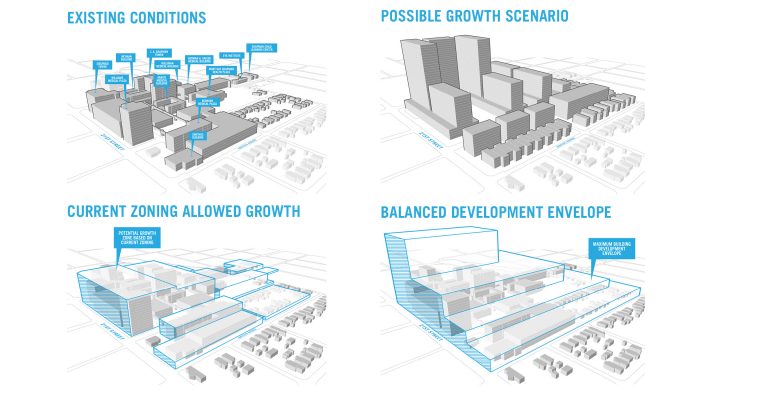The U.S. healthcare industry is undergoing the transformation of a century. The move away from the fee-for-service payment model and the Affordable Care Act are driving a paradigm shift towards disease prevention and population health management with services increasingly delivered in lower-cost, community-based settings. Redefining healthcare typologies and planning methods is an integral part of this transformation. An increasing number of hospitals and health systems are already joining forces and partnering with community organizations to invest in programs that are intended to keep citizens healthy and out of the hospital. Many of these initiatives, however, fall short of addressing the socio-economic and environmental root causes of unhealthy behaviors, which are impacted by the planning, design, and operations of health facilities. This research paper proposes a new planning paradigm for healthcare called Health District Planning. A Health District is a place where investments are targeted to improve population health outcomes and to inspire healthy behaviors. Best practices from various case studies, and related evidence from public health and healthy community design research is synthesized into a four-part framework—the 4 P’s of Health District Planning: (i) population health, (ii) place, (iii) partnerships, and (iv) performance. The goal is to offer a guideline for planning the Health Districts of the future
This article originally appeared in Vol 06.02 of the Perkins+Will Research Journal. CLICK HERE to see the whole article

